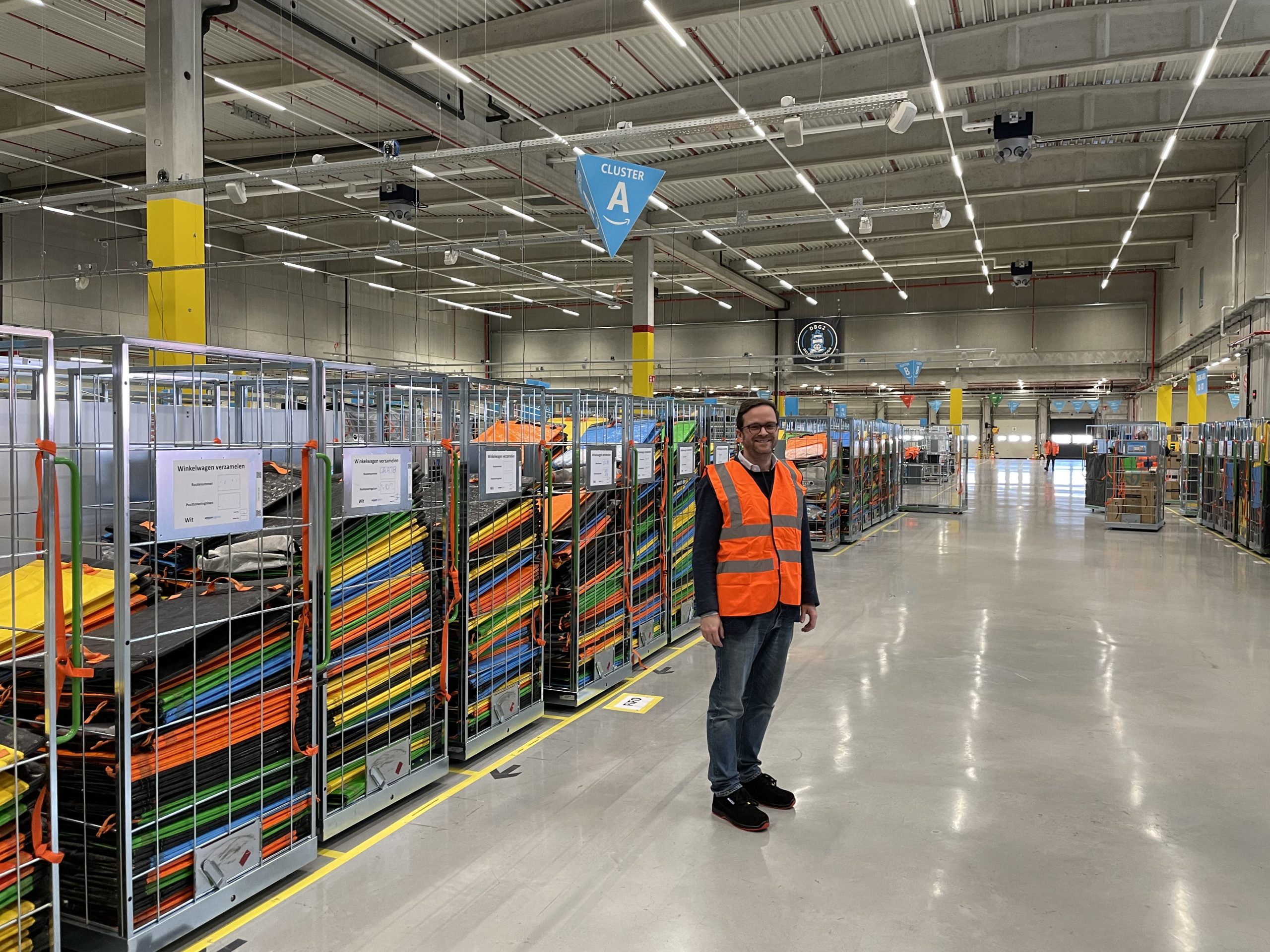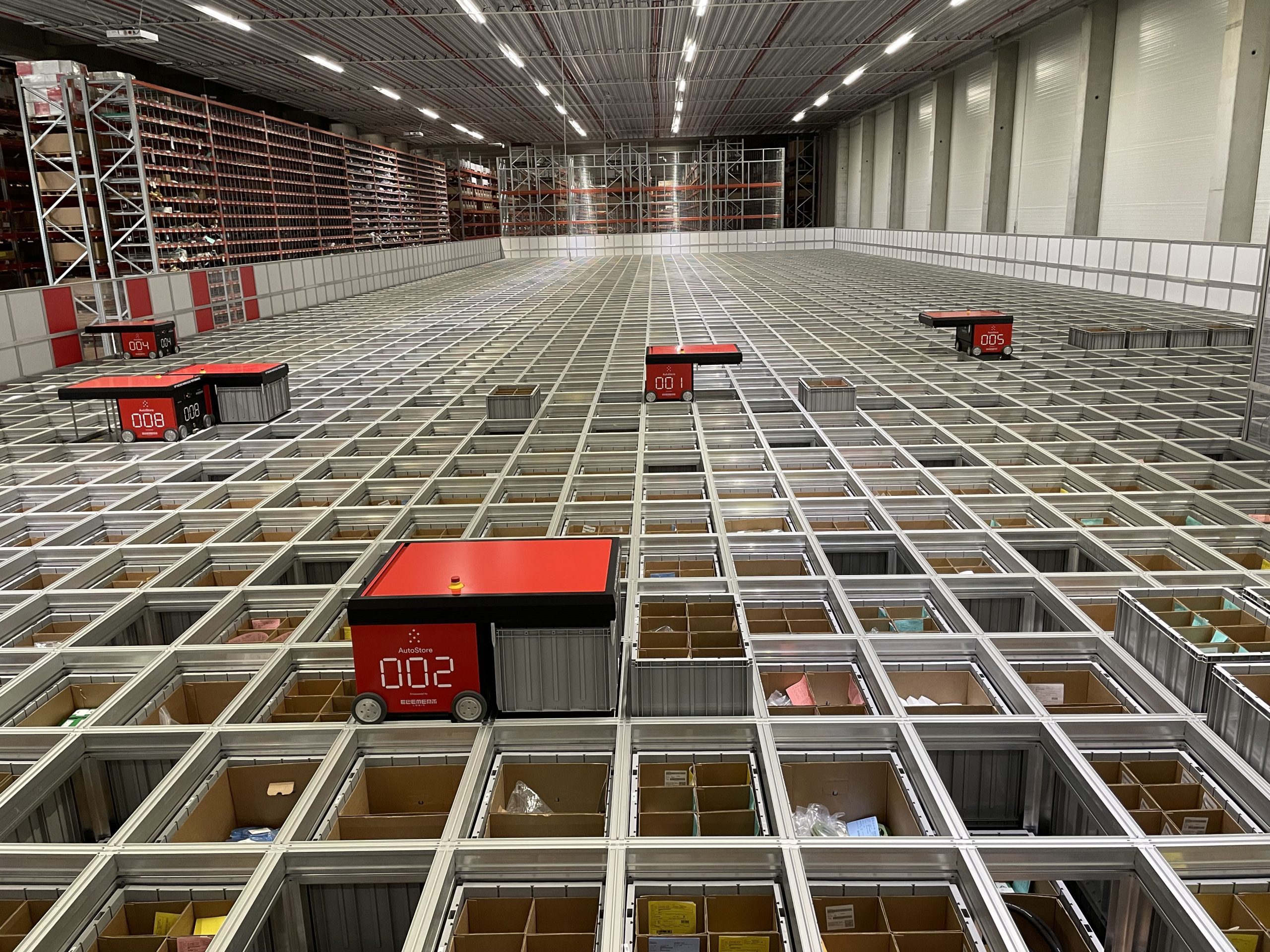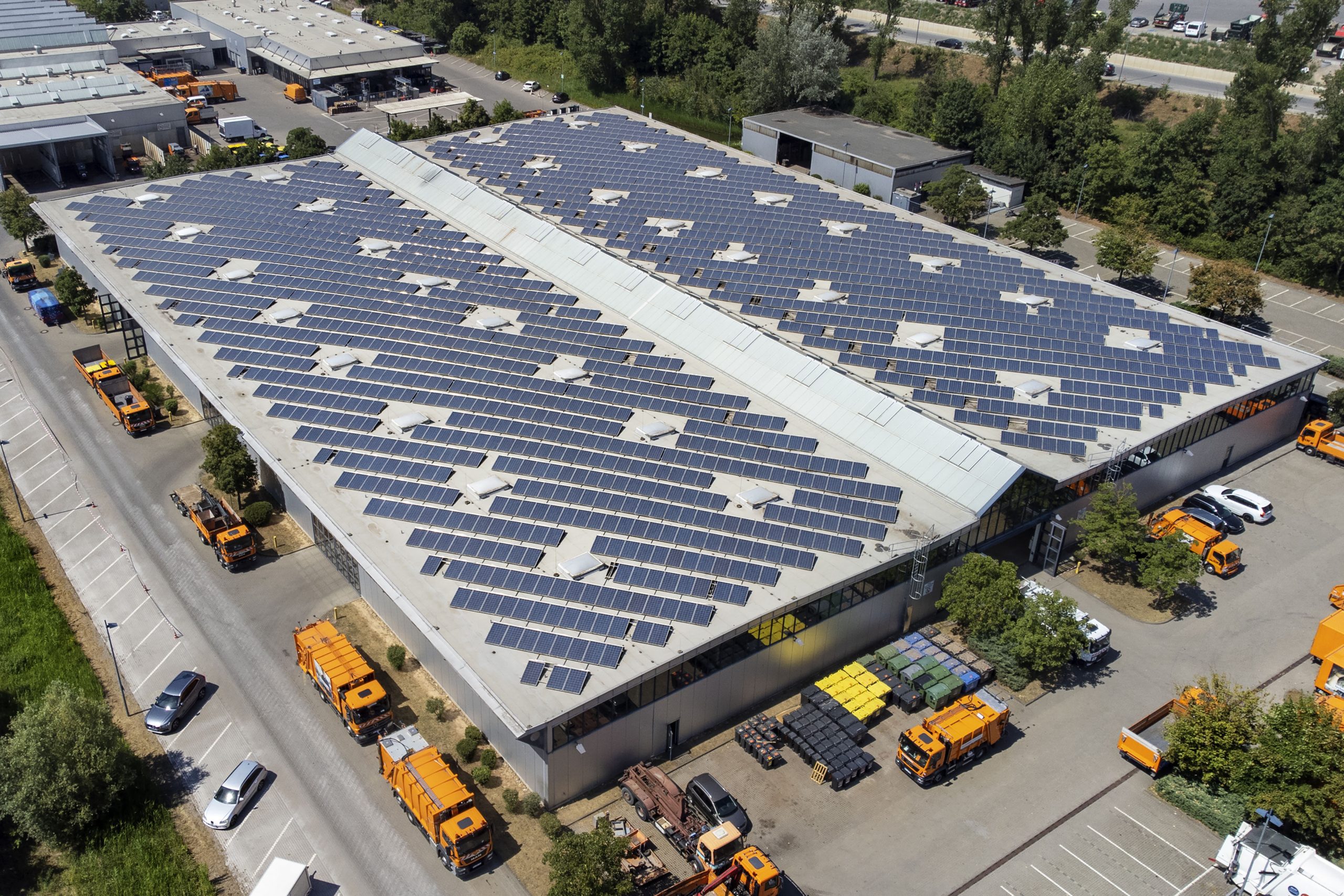JH Explorer in Belgium: Beer, chocolate and warehouses
A recent tour of warehouses in Belgium leaves Portfolio Manager Nicolas Scherf convinced of the demand strength and rental growth potential for logistics real estate.

4 minute read
Key takeaways:
- Real estate markets around the globe are grappling with tighter credit markets and the impact of rising bond and property yields.
- Relative to other property types, logistics continues to benefit from strong demand, driven by tailwinds like ecommerce, nearshoring and companies increasing stock levels to counter supply chain issues.
- The Global Property Equities Team is still seeing broad-based demand for modern, sustainable and well-situated warehouses, given limited market supply.
| The JH Explorer series follows our investment teams across the globe and shares their on-the-ground research at a country and company level. |
Most people associate Belgium with beer and chocolate, and probably not warehouses. Recently, we took an early Eurostar train from London St. Pancras to spend two days on the road to check in on the Belgian logistics market, a space that includes warehouses, distribution centres, and other industrial buildings with storage facilities.
We are no stranger to the Belgian logistics market given it is home to some attractive listed logistics companies. Belgium is a small country, with a population of around 11.5 million, but its strategic location in the heart of Europe, proximity to Europe’s busiest ports like Antwerp and Zeebrugge (Belgium) and Rotterdam (the Netherlands) as well as modern infrastructure, enables it to provide logistics operations serving its much larger neighbours like France and Germany.

My visit to a last-mile Amazon distribution centre in the outskirts of Antwerp, developed and owned by logistics developer, Montea. Photo by Nicolas Scherf.
Cautiously optimistic view for logistics
Despite the gloomy headlines around the European and US banking system leading to tighter credit markets (lower availability of credit), with real estate markets around the globe grappling with the impact of rising bond and property yields, our meetings with local companies suggested the on-the-ground mood was cautiously optimistic.
Relative to other property sectors, logistics continues to enjoy high occupier demand, and subsequently, rental growth. The rise of ecommerce continues to be a long-term tailwind for the logistics sector despite some normalisation post the COVID boom in online sales. Average ecommerce penetration in Europe was 15.4% in 2022, according to the Centre for Retail Research, and is expected to grow to around 20% by 2026, driving further demand for logistics space.
But ecommerce is not the only tailwind, more recent trends like nearshoring and increasing stock levels for companies with supply chain issues is also fuelling the need for more warehouses.
Rental growth in last-mile logistics and increasing use of automation
We toured warehouses in the Brussels and Antwerp regions, focusing on both larger-scale logistics as well as ‘last-mile logistics’, a subsector that focuses on delivering products to end customers. Here, location remains key as proximity to the end customer enables companies to deliver goods on short notice. This is a specific part of the market where we are observing the strongest rental growth, as growing demand meets limited availability and new supply remains constrained.
We also visited some large warehouses servicing seaports that are predominantly used by third-party logistics providers to break down large incoming shipments from overseas, which are then stored and delivered to customers when needed. This included sporting goods for one of the largest global sports apparel producers, solar panels and machine equipment to name a few examples.

A fully-automated warehouse in Genk owned by Intervest Offices & Warehouses. Photo by Nicolas Scherf.
We were impressed by the levels of automation in some of the assets where the tenant invested significant amounts of capital to fit out warehouses with fully-automated systems and robots that were able to pick and store goods. These heavily-invested tenants are more likely to stay for longer as there are costs associated with moving and setting up the equipment.
Viewing solar panels as a ‘tenant’
Sustainability is another key factor that is increasingly distinguishing buildings with tenant demand remaining heavily focused on the most sustainable buildings. The large flat roofs of warehouses are ideal for the installation of solar panels that can help to significantly reduce the carbon footprint of a warehouse. The electricity produced is increasingly being used to charge electric vehicles and/or can be sold back into the grid. A Belgian logistics provider spotted this trend early, making solar panels its largest ‘tenant,’ producing a significant source of income.

Logistics remains a secular growth trend and market fundamentals remain favourable for landlords. With low vacancy rates, strong demand and barriers to supply from restrictive planning regimes, we believe the logistics sector remains well placed. Our visit confirmed that the underlying trends in the market remain supportive, and rents for modern, well located and sustainable assets are set to benefit over time.
Bond yield: level of income on a security, typically expressed as a percentage rate. For a bond, this is calculated as the coupon payment divided by the current bond price. Lower bond yields means higher bond prices.
Property yield: the annual return on the capital investment usually expressed as a percentage of the capital value
IMPORTANT INFORMATION
REITs or Real Estate Investment Trusts invest in real estate, through direct ownership of property assets, property shares or mortgages. As they are listed on a stock exchange, REITs are usually highly liquid and trade like shares.
Real estate securities, including Real Estate Investment Trusts (REITs) may be subject to additional risks, including interest rate, management, tax, economic, environmental and concentration risks.
These are the views of the author at the time of publication and may differ from the views of other individuals/teams at Janus Henderson Investors. References made to individual securities do not constitute a recommendation to buy, sell or hold any security, investment strategy or market sector, and should not be assumed to be profitable. Janus Henderson Investors, its affiliated advisor, or its employees, may have a position in the securities mentioned.
Past performance does not predict future returns. The value of an investment and the income from it can fall as well as rise and you may not get back the amount originally invested.
The information in this article does not qualify as an investment recommendation.
Marketing Communication.
Important information
Please read the following important information regarding funds related to this article.
- Shares/Units can lose value rapidly, and typically involve higher risks than bonds or money market instruments. The value of your investment may fall as a result.
- The Fund is focused towards particular industries or investment themes and may be heavily impacted by factors such as changes in government regulation, increased price competition, technological advancements and other adverse events.
- This Fund may have a particularly concentrated portfolio relative to its investment universe or other funds in its sector. An adverse event impacting even a small number of holdings could create significant volatility or losses for the Fund.
- The Fund invests in real estate investment trusts (REITs) and other companies or funds engaged in property investment, which involve risks above those associated with investing directly in property. In particular, REITs may be subject to less strict regulation than the Fund itself and may experience greater volatility than their underlying assets.
- The Fund may use derivatives with the aim of reducing risk or managing the portfolio more efficiently. However this introduces other risks, in particular, that a derivative counterparty may not meet its contractual obligations.
- If the Fund holds assets in currencies other than the base currency of the Fund, or you invest in a share/unit class of a different currency to the Fund (unless hedged, i.e. mitigated by taking an offsetting position in a related security), the value of your investment may be impacted by changes in exchange rates.
- When the Fund, or a share/unit class, seeks to mitigate exchange rate movements of a currency relative to the base currency (hedge), the hedging strategy itself may positively or negatively impact the value of the Fund due to differences in short-term interest rates between the currencies.
- Securities within the Fund could become hard to value or to sell at a desired time and price, especially in extreme market conditions when asset prices may be falling, increasing the risk of investment losses.
- Some or all of the ongoing charges may be taken from capital, which may erode capital or reduce potential for capital growth.
- The Fund could lose money if a counterparty with which the Fund trades becomes unwilling or unable to meet its obligations, or as a result of failure or delay in operational processes or the failure of a third party provider.
- In addition to income, this share class may distribute realised and unrealised capital gains and original capital invested. Fees, charges and expenses are also deducted from capital. Both factors may result in capital erosion and reduced potential for capital growth. Investors should also note that distributions of this nature may be treated (and taxable) as income depending on local tax legislation.
